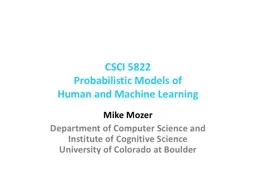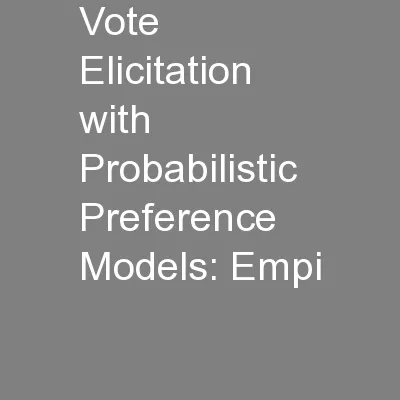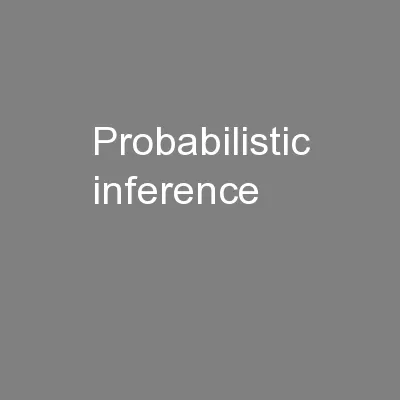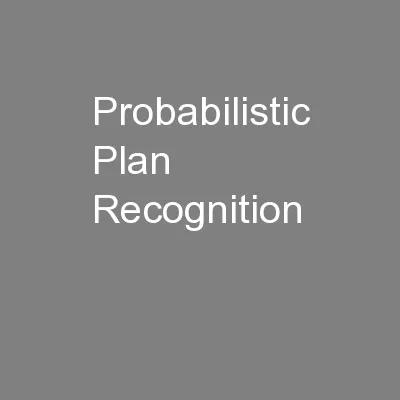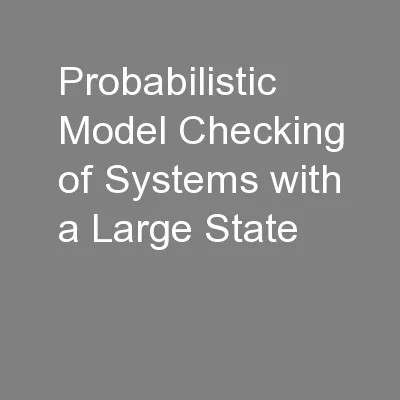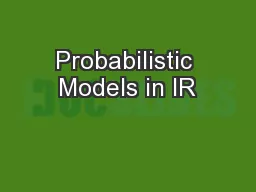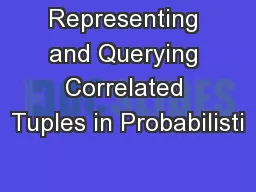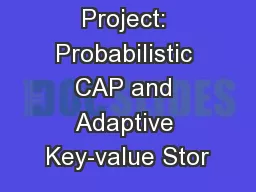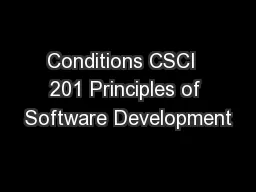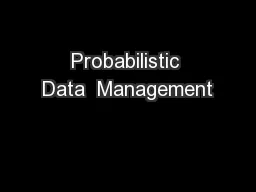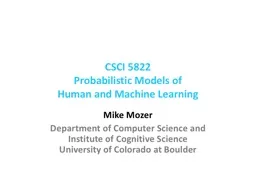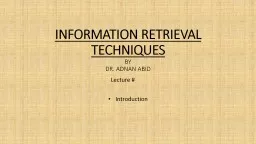PPT-CSCI 5822 Probabilistic Models of
Author : alexa-scheidler | Published Date : 2019-03-14
Human and Machine Learning Mike Mozer Department of Computer Science and Institute of Cognitive Science University of Colorado at Boulder Todays Plan Hand back
Presentation Embed Code
Download Presentation
Download Presentation The PPT/PDF document "CSCI 5822 Probabilistic Models of" is the property of its rightful owner. Permission is granted to download and print the materials on this website for personal, non-commercial use only, and to display it on your personal computer provided you do not modify the materials and that you retain all copyright notices contained in the materials. By downloading content from our website, you accept the terms of this agreement.
CSCI 5822 Probabilistic Models of: Transcript
Download Rules Of Document
"CSCI 5822 Probabilistic Models of"The content belongs to its owner. You may download and print it for personal use, without modification, and keep all copyright notices. By downloading, you agree to these terms.
Related Documents

